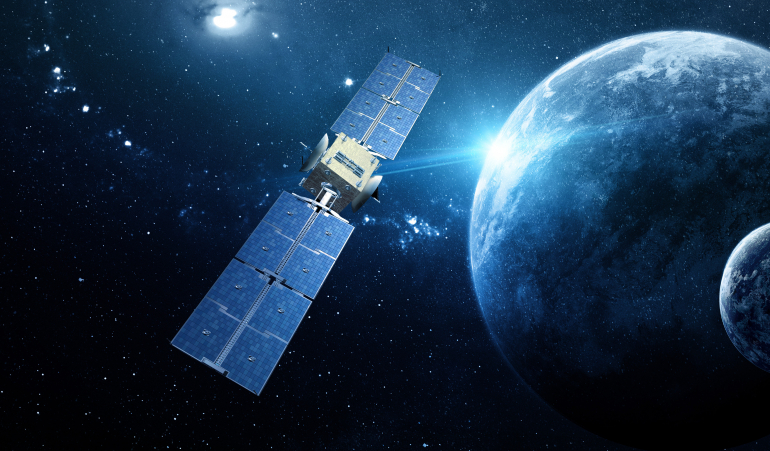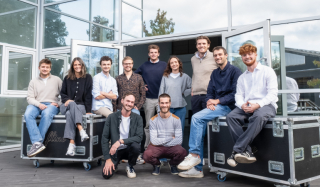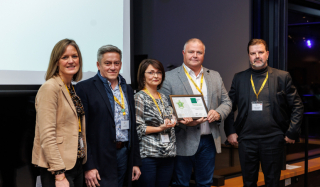
As part of the American Artemis programme, Thales Alenia Space Belgium has won a call for tenders to construct two modules for Gateway, a small space station. This will orbit the moon and serve as a space port for the next astronauts that go to the moon. It will then be used to prepare the technology for future missions to Mars.
Artemis – which is named after Apollo’s sister – features a compartment to transport individuals to the surface of the moon, with a manned lander. “The other major element is Gateway, a small space station that is nearly one fifth of the volume of the International Space Station, which will orbit the moon and have several missions,” explains Xavier Roser, Director of Science and Exploration at Thales Alenia Space.
It is first and foremost a space port for astronauts walking on the surface of the moon. A maximum of four astronauts can take shifts at the same time, for a period of one to three months. However, it can also be used to transport provisions or vehicles. Its second mission – which will be carried out in a second stage – will be to prepare a vessel to transport a crew to the red planet.
The European Space Agency (ESA) is responsible for two modules in Gateway and the Belgian branch of Thales will construct them both. The first, I-hab, will house international astronauts. “One of the limitations is to ensure as many functions as possible in a volume that is smaller than the International Space Station (ISS). We will try to provide a similar level of comfort in terms of infrastructure, the ability to exercise, etc. but in a more compact environment. There is work to be done on the layout, things that can be deployed and stored, particularly exercise equipment. This is necessary for extended stays on the station, but they take up a lot of space.”
The second module, Esprit, will ensure the station is supplied with fuel and will also include a communications system. “This will be on-board the first housing module and will be used to relay communications (data transfer: telemetry, voice, videos, etc.) between Gateway and vehicles on the surface of the moon, as well as between Gateway and vehicles that are travelling between the moon and the space station,” Xavier Roser continues.
Thales typically supplies electronics on-board satellites and launchers. For Esprit, “we will supply amplifiers for travelling waves, in order to facilitate communications between Gateway and the lunar party,” Bruno Divry, Director of Strategy for Thales Alenia Space Belgium, explains to La Libre. “The second piece of equipment is a unit with various different interfaces: it monitors and controls the heating for certain sections of the module, controls the deployment of antennae, etc.”
The first communications module must be delivered at the end of 2022/beginning of 2023, since the first service module for the station must be launched at the end of 2023. The habitat is expected in 2025 and the Esprit module with the “provisions” element in 2027.
This is a great challenge for the Thales group in terms of a deadline, as they must also consider an environment – deep space – that is significantly more challenging than the environment for the International Space Station, in terms of radiation, micrometeorites and issues with mass. “There is approximately three times less mass, for the same type of launcher, between low orbit and lunar orbit. We are therefore striving to optimise and innovate,” Xavier Roser explains.
Source : La Libre







